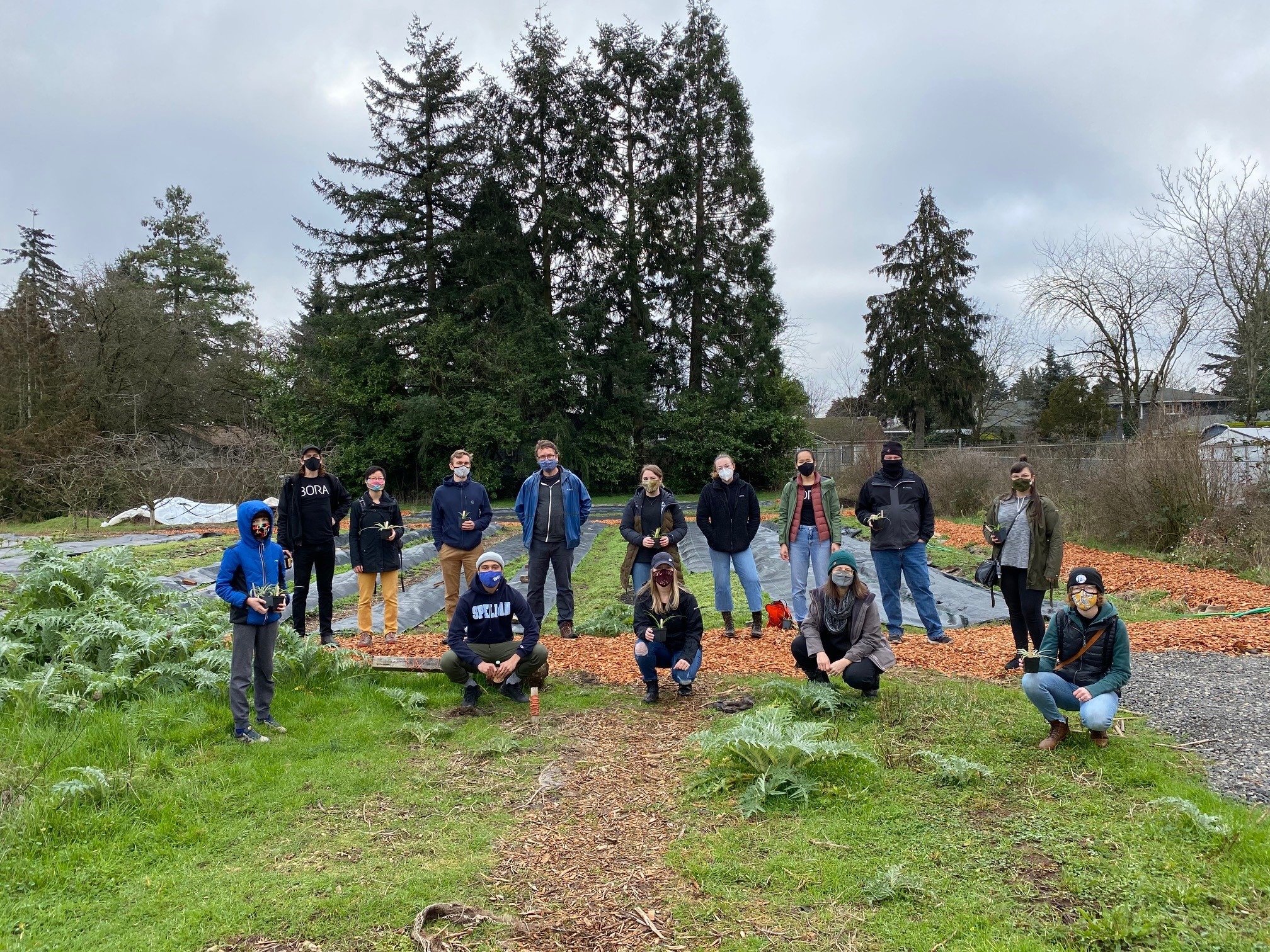


01.17.22
Martin Luther King’s birthday offers an opportunity to pause and contemplate service. Some subset of standout individuals dedicate their lives to the service of others and many of the social, economic, and benefits that we enjoy today are the result of their hard work and tireless advocacy. Dr. King’s contributions to our society have been profound, elevating the concept of justice as a goal that civilization can aspire to. To honor his legacy, it seems more than prudent to close the office and spend the day in service to the community.
My hope is that this day of service does not end on Monday afternoon and then we all return to the office on Tuesday morning to resume “regular” work. While a day of service demonstrates what can be accomplished in just a few hours, the real opportunity to maximize our potential contribution is over the course of a career. 80,000 hours of service is what a career can offer if we are able to only slightly shift our mindsets and view our day-to-day work as a chance to make the world a better place.
What does a career of service look like? For an architect, this can take the form of a unique lens through which design decisions are made. During the everyday practice of architecture, we’re faced with seemingly endless decisions. Some are agonized over, while many others are made on autopilot. Some decisions are based on deep research and so the outcomes of applying certain design strategies can be confidently anticipated. Many other decisions are made purely based on what was done in the past, with the outcomes uncertain, or even problematic. Every decision however, is impactful.
The practice of architecture comes with a special type of power, as a line drawn on a piece of paper will manifest in physical reality. Drawn one way, that line might create an environment that allows an occupant to realize their potential, while drawn differently that line might contribute to deforestation or habitat loss. A career of service would require us to be ever-vigilant and cognizant of the far-reaching impacts of our lines and thus our work. In this way, mindfulness is essential as the ability to connect action to impact. Curiosity is another key, to seek out and internalize the far-reaching impacts of design that might not be immediately obvious. Ultimately, service is about values and not necessarily the development of new ones, but the merging of existing values around health, equity, and the protection of the natural world with everyday work.
When faced with decisions and all the different potential ways of addressing them, a simple maxim to help cut through the clutter is that the right answer is the one that leads to the most good. Better health for more people is an easy case on which to make and defend a judgement and for an architect, the necessary actions that lead to this outcome are rather straightforward. Prioritizing health for the occupant—purer air, safer materials, and a more inspiring environment—above any number of seemingly legitimate alternatives is a simple example of dedicating a career to the service of others.
Martin Luther King’s day doesn’t need to be a standalone event, but maybe King’s legacy can serve as a moment of inspiration, a recognition of what can be accomplished with a full career dedicated to service. Monday is for reflecting. Tuesday is when the work begins.